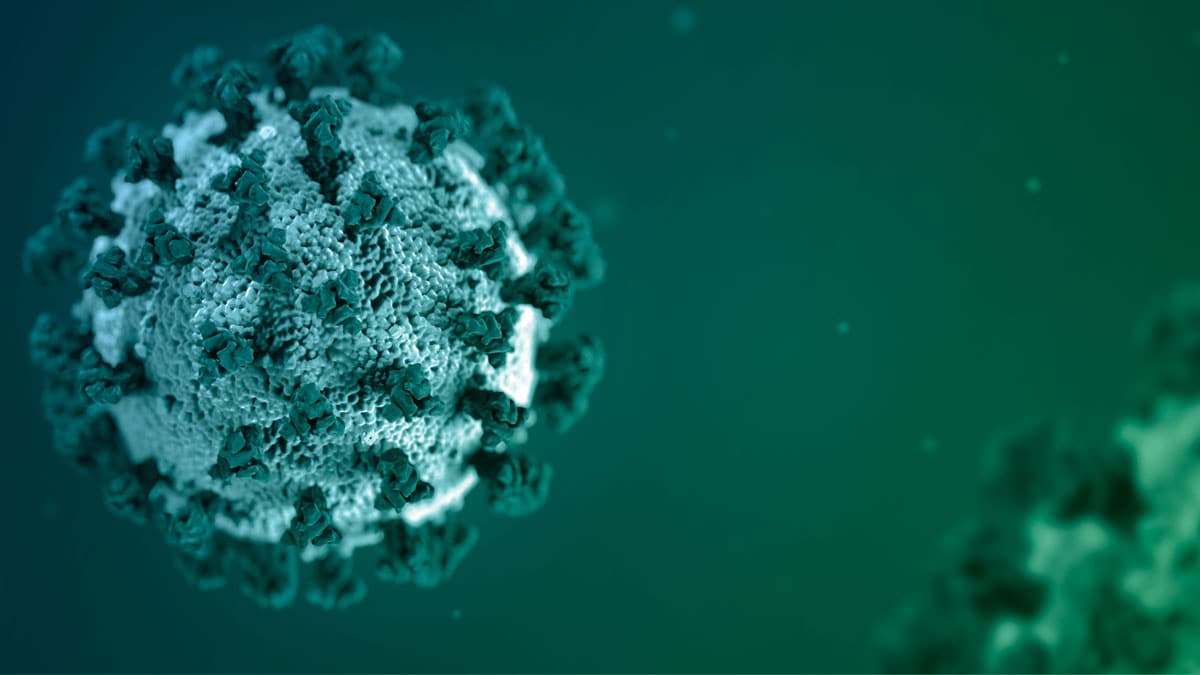First of all, the virus is not spread in a vapor. A vapor is a gas. Most of the virus is spread in or on large droplets coming from the mouth or noise. A small amount of the virus may be spread as an aerosol.
Just talking in a normal voice for 10 secs will expel over 750 droplets at about 10mph. A cough can travel as fast as 50 mph and expel almost 3,000 droplets in just one go. A single Sneeze wins. It can travel up to 100 mph and create upwards of 100,000 droplets. Knowing this let's look at what masks do.
Anything you cover your mouth and nose with, your sleeve, a handkerchief, or mask is going o provide two vital functions in preventing the spread of these virus loaded droplets.
- Filtering- Most droplets you expel from your mouth or nose are going to be large compared to the virus riding in and on them. Singing, coughing, and sneezing will cause you to expel very large droplets, much lager than the openings in most masks. Good masks will multiple layers will catch 50% or more of the droplets. Poorer masks such as bandanas will catch about 25%
- Velocity - Collisions of droplets with the mask and other droplets will reduce the velocity from 10% to 75% and will created a a dispersion sending droplets in different directions. This is important because it increases the distance needed for infection and reduces the density of droplets.
The bottom line is any of the mask types recommended by the CDC will do a good job of filtering droplets and reducing velocity of droplets, being expelled which creates a much safer environment for other. However, for the recipient of the unwanted viral load, the masks provided limited protection because air that enters the mask form the sides goes unfiltered. So if you have a good mask that fits tightly around your face it should provide you with pretty good protect. If the mask gaps at the sides or is single layer material it will provide little protection for the wearer. Thus the slogan, "I wear a mask for you, and you wear a mask for me."
Coughing and sneezing are just some of the more interesting and complicated ways the body works to protect your lungs from contamination, and these methods are performed with a surprising speed and ef

www.lung.org



